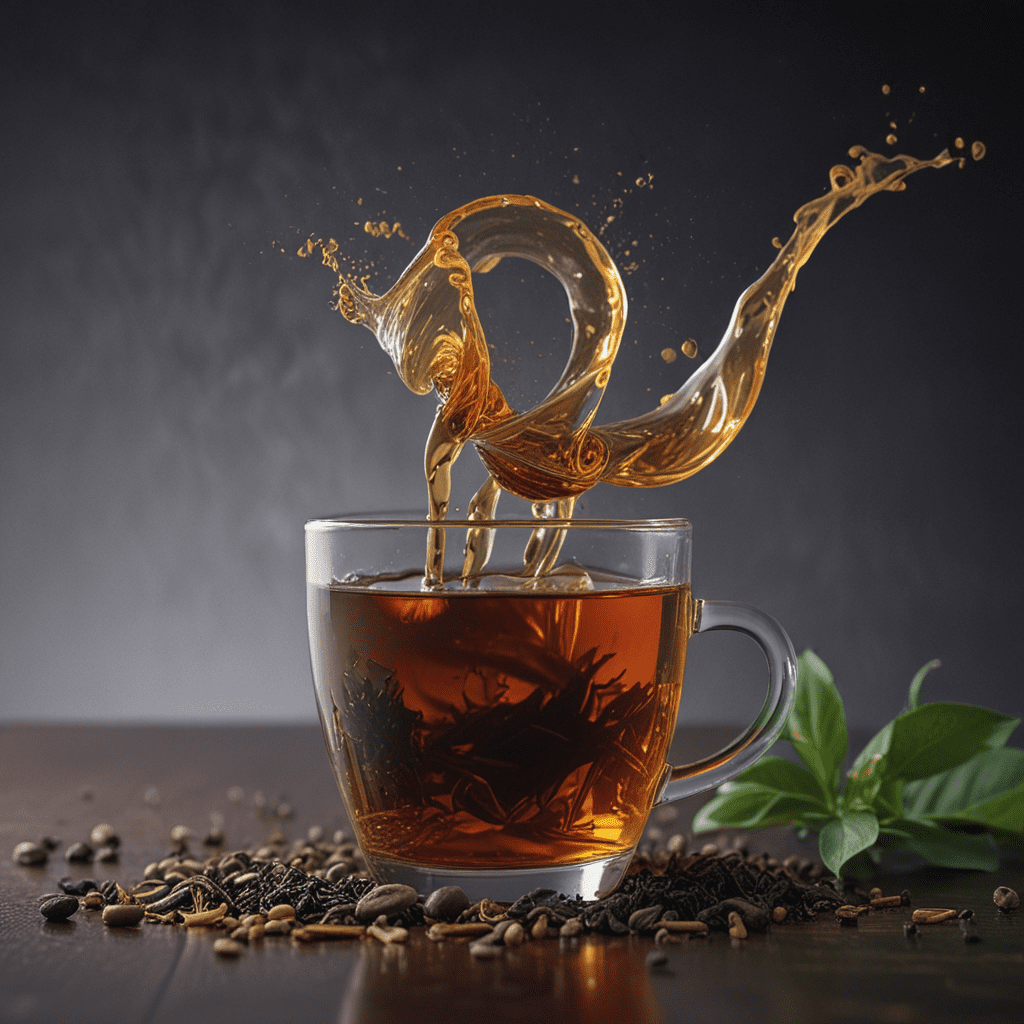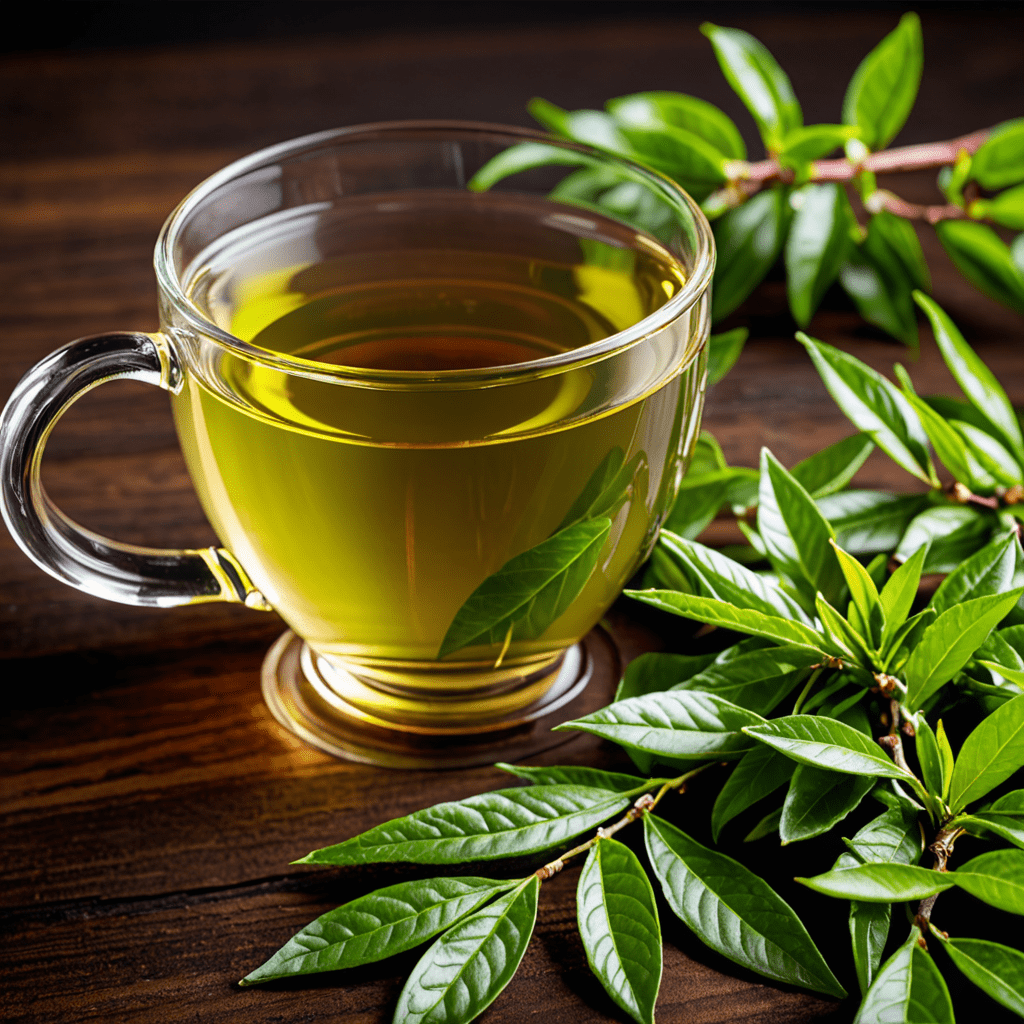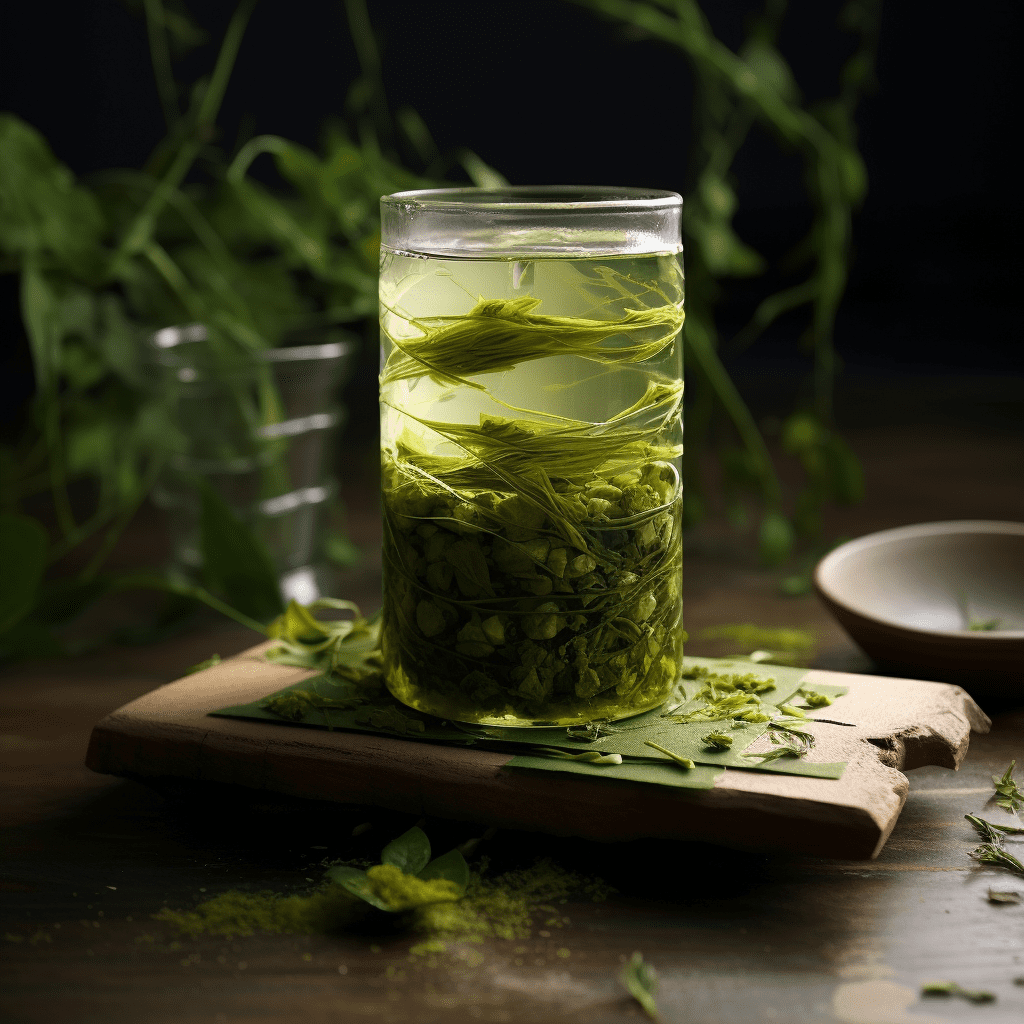
The Unique Terroir of Ceylon Tea
Ceylon tea, renowned for its distinctive aromas and flavors, is grown exclusively in the lush highlands of Sri Lanka. This island nation's unique terroir, characterized by a tropical climate, abundant rainfall, and varied topography, creates an ideal environment for tea cultivation. The combination of high altitudes, ranging from 1,500 to 6,000 feet above sea level, and the proximity to the Indian Ocean results in a remarkable tea-growing region.
Distinctive Aromatic Profiles: A Regional Exploration
Sri Lanka's diverse geography gives rise to a wide range of tea-growing regions, each producing teas with unique aromatic profiles. The renowned Dimbula region, located in the central highlands, is known for its teas' exquisite floral notes and bright, brisk character. The Uva region, situated in the southeast, produces teas with a deep amber color, rich body, and hints of spice and chocolate. The Ruhuna region, in the south, is famed for its teas' mellow, earthy flavors and invigorating aroma.
The Art of Tea Plucking and Processing
The art of tea plucking and processing plays a crucial role in shaping the aromas of Ceylon tea. The tender tea leaves are carefully handpicked by experienced pluckers, ensuring the highest quality and delicate flavors. The leaves are then processed using traditional methods that enhance their unique characteristics. The process typically involves withering, rolling, oxidation, and firing, each step contributing to the development of the tea's aroma and flavor profile.
The Influence of Elevation and Climate
Elevation plays a significant role in determining the aroma of Ceylon tea. Higher elevations result in slower growth rates, leading to the accumulation of more complex flavor compounds in the leaves. The cooler temperatures and increased rainfall at higher altitudes contribute to the development of subtle floral and fruity notes in the tea. Climate also influences the aroma, with variations in temperature, humidity, and precipitation affecting the composition of the tea leaves and their resulting aromas.
Unveiling the Complexities of Ceylon Tea Aromas
Ceylon tea's aromas are a symphony of complex compounds, each contributing to its unique sensory experience. These compounds include terpenes, responsible for floral and citrus notes; esters, imparting fruity and sweet aromas; and phenols, providing spicy and astringent characters. The balance and interaction of these compounds create a wide range of aromatic profiles that delight the senses.
6. Key Aroma Compounds: A Sensory Analysis
Ceylon tea's aroma is a symphony of complex compounds that tantalize the senses. Terpenes, responsible for floral and citrus notes, contribute to the tea's refreshing and invigorating character. Esters, imparting fruity and sweet aromas, add a touch of sweetness and complexity. Phenols, providing spicy and astringent characters, balance the tea's overall aroma profile, creating a harmonious blend of flavors.
7. The Role of Oxidation and Fermentation
Oxidation and fermentation play crucial roles in developing Ceylon tea's unique aromas. Oxidation, which occurs when tea leaves are exposed to air, leads to the formation of theaflavins and thearubigins, compounds that contribute to the tea's rich color and malty, earthy aromas. Fermentation, a controlled process involving microorganisms, further enhances the tea's complexity, introducing notes of spice, chocolate, and dried fruit.
8. The Sensory Journey: From Leaf to Cup
The journey of Ceylon tea's aromas begins with the delicate tea leaves and culminates in the aromatic cup of tea. The plucking, processing, and brewing methods all contribute to the tea's final sensory experience. As the tea leaves steep in hot water, their complex aromas are released, creating a symphony of flavors and fragrances that delight the senses.
9. Brewing Techniques for Optimal Aroma Extraction
To fully appreciate the aromas of Ceylon tea, proper brewing techniques are essential. Using freshly drawn water and the correct water temperature for the specific tea type is crucial. The tea leaves should be allowed to steep for the optimal amount of time, ensuring a balanced extraction of flavors and aromas.
10. The Influence of Aroma on Tea Appreciation
The aroma of Ceylon tea plays a significant role in its appreciation. The complex interplay of compounds creates a sensory experience that can evoke memories, inspire creativity, and enhance moments of relaxation. Understanding the factors that influence aroma allows tea enthusiasts to explore the nuances of different teas and appreciate their unique sensory journeys.
Frequently Asked Questions (FAQs)
What makes Ceylon tea so aromatic?
Ceylon tea's unique terroir, skilled processing methods, and diverse growing regions contribute to its exceptional aromas.
How can I enhance the aroma of my Ceylon tea?
Proper brewing techniques, using freshly drawn water and the correct water temperature, can help optimize aroma extraction.
What are the key aroma compounds in Ceylon tea?
Terpenes, esters, and phenols are the major aroma compounds responsible for the tea's floral, fruity, and spicy notes.
How does oxidation impact the aroma of Ceylon tea?
Oxidation leads to the formation of theaflavins and thearubigins, contributing to the tea's malty and earthy aromas.
What is the role of fermentation in tea aroma development?
Fermentation enhances the tea's complexity, introducing notes of spice, chocolate, and dried fruit to the aroma profile.

